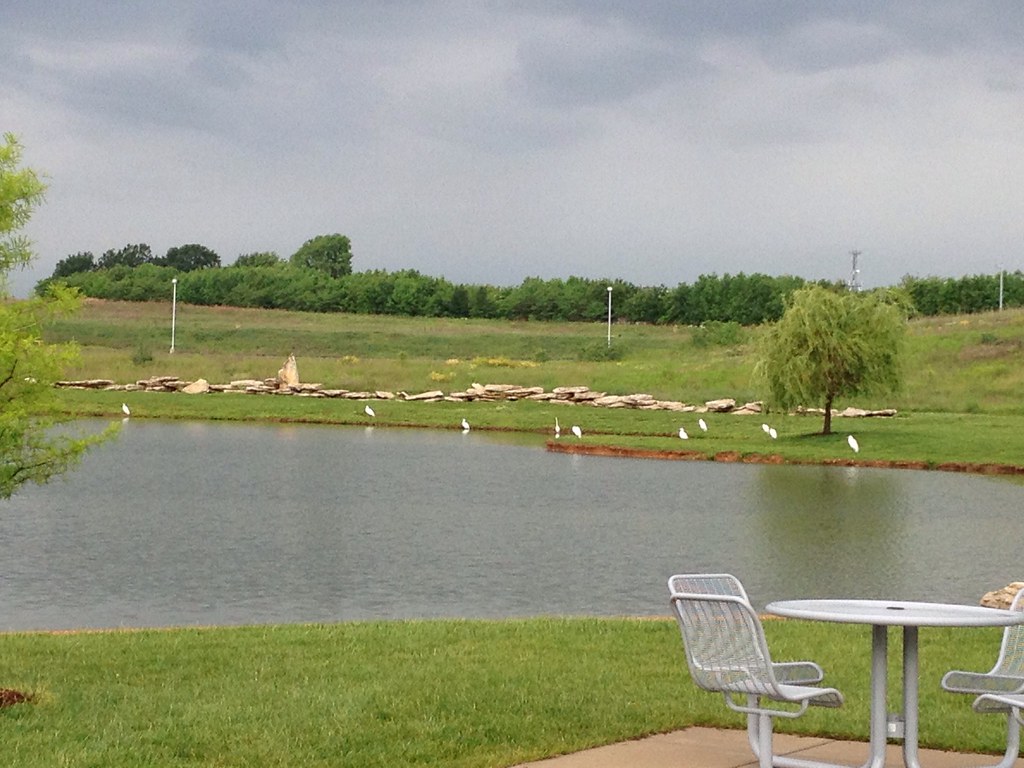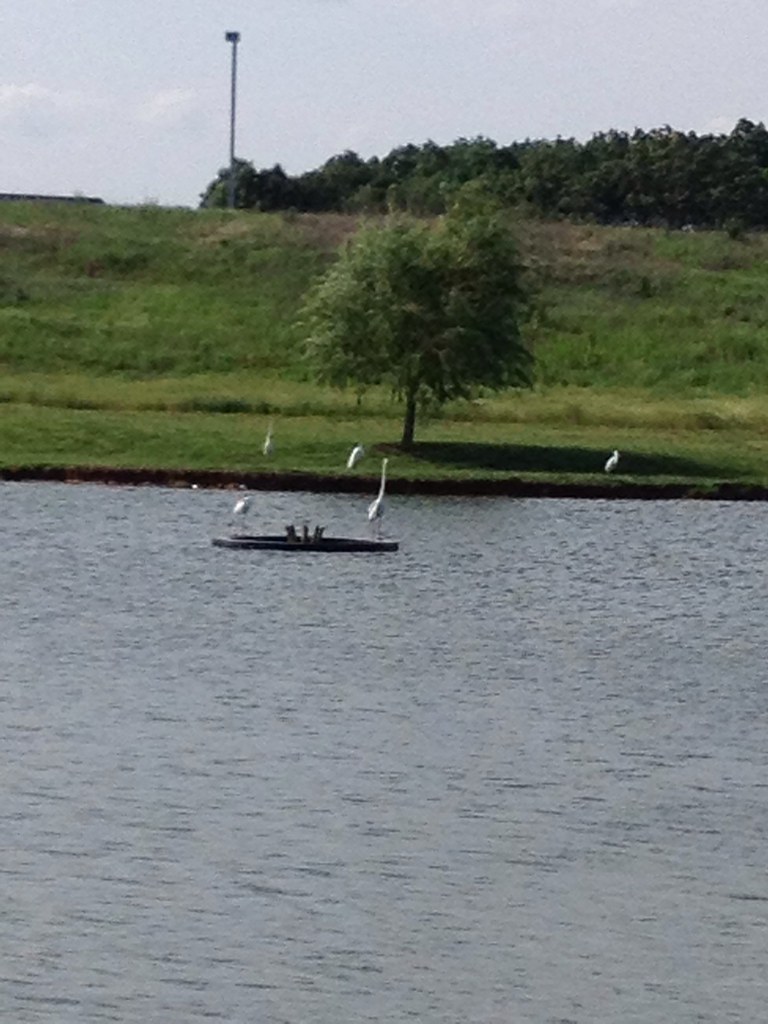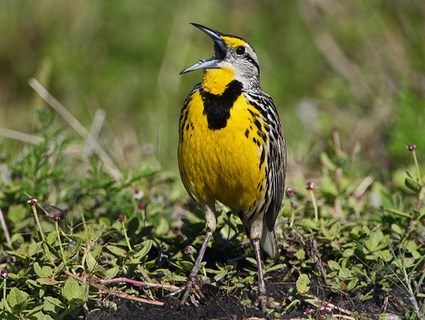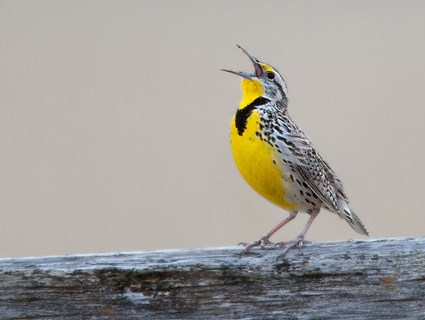Imagine you are a bird and you want to build a nest. What kind of place would you scope out for your new home? A tree? A bush? Or how about a pile of rusty metal scraps piled on concrete behind a school building? Well, one brave pair of Mourning Doves decided to go with the 'metal junk' option and seem to be perfectly content with their selection.
 |
| Metal 'junk' behind VAB. The bird nest is highlighted by a yellow circle. |
 |
| The male dove was very busy hopping all around the pipes while the female stayed in her nest. |
The first day I saw this pair of birds I figured they would leave once art students started moving around pieces of metal or after passers by started making noise around their nest. However, it's been about a week and every time I walk past the area Mama bird is sitting there poking her little head out of the messy pile.
 |
| They do not have any eggs yet so she let me get close for this picture. Isn't she so beautiful? |
As you can see from the close-up picture, Mourning Dove nests are pretty messy. Maybe this is why they feel so at home in such a messy structure! The nest of a Mourning Dove is a flimsy platform of twigs, grass and pine needles with little insulation or lining. 2 white eggs are laid which hatch after about 14 days. Mourning Doves tend to be unbothered by human activity and don't seem to mind nesting closeby.
Mourning Doves have always been one of my favorite birds. I remember hearing them in the morning as a kid and thinking they were called 'morning' doves because they were the first bird I would hear when I woke up. Their soft "Cooo -oooo- oooh" is comforting to me, but apparently other people find it mournful because this is where the mourning dove actually got its name.
Another thing I have always enjoyed about Mourning Doves is the sound their wings make when they take off in flight. Kind of squeaky--almost sounds like a rusty hinge. No other bird I have observed sounds quite like that. If you don't know what I'm talking about--take note. The nest time you see one you will hear it!
Something sad to me is that Mourning Doves are the most frequently hunted species in North America (20 million are harvested each year). But even being the most hunted game bird there is an estimated population of 350 million Mourning Doves, making them one of our most abundant birds in the US. Can you imagine how many there would be without the hunters? (we could all have our own flock!)
So the next time you are around the Visual Arts building on campus you should take a walk around the metal area and say hello to the Mourning Doves. Just be careful not to disturb the nest site and don't move any of the metal scraps for the safety of the birds and yourself!
For more information on Mourning Doves or any bird species, visit my two favorite birding websites:
www.allaboutbirds.org
www.whatbird.com
















